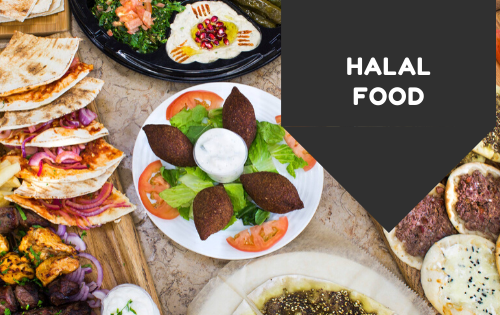
The Food of Singapore
Singapore’s cuisine is derived from the culinary traditions of each of her community’s ancestral lands. The flavors are robust, flavorsome and frequently spicy. Commonplace ingredients are Chinese condiments, Indian spices and Malay herbs such as lemongrass, chillies, coconut and galangal.
Most of the migrants who arrived in Singapore in the colonial days were usually merchants, workers or peasants. Reflecting their humble origins, the food is most often rustic and without the subtlety and grandeur of aristocratic traditions that are to be found in various Asian cultures with a history of royalty. With them they brought their style of cooking for the home and for the roadside stalls known as Hawkers. Hawker food is usually a one-dish meal or a snack, and is undoubtedly one of the more colorful characteristics of Singapore cuisine. In a way, this is Singapore’s own traditional fast food.

Chicken rice dishes are also one of the most popular dishes in Singapore and there are a lot of restaurants competing to make the best one and win the most customers. There are really helpful online Singapore food portals, such as the Chicken Rice Store, where you can read the reviews about different restaurants and their dishes.
Home cooking while sometimes simpler is as colorful. I have alluded previously of how the cuisines of the various groups in Singapore had influenced each other, and this continues to be the case in the sanctuary of the home kitchen. So it is common to find in many Singapore pantries a mix of Chinese, Malay and Indian ingredients. Food is often cooked on a stove. Cooking styles include stir-fry, stewed, fried and boiled. Each family adds its own twist and preferences to cooking styles and traditional recipes. However, there are some broad practices along ethnic lines. For instance, a Chinese family would favor the wok with the use of high heat, while an Indian or Malay family would favor pan frying and slow cooking. Regardless of their culinary mores, one thing they share is not having a tradition of oven use.
Invariably, their cuisine has also been influenced by the British. These influences reveal themselves in the use of canned sardines, luncheon meat, condensed milk, toast and tomato ketchup. From this legacy, we have the familiar British fare of pork chops, cream puffs, sardine sandwiches and chicken pies, though many have a spice or chilli twist to them.
Traditional Singapore cooking is thus formed from the traditional cuisines of its various communities. Some are true hybrids of Singapore, such as chilli crab and mee goreng. Others are direct imports from the ancestral homelands of its people – such as the Chinese wonton noodles , Malay rice cakes or ketupat, and Indian breads of chapattis, idlis and thosais.




